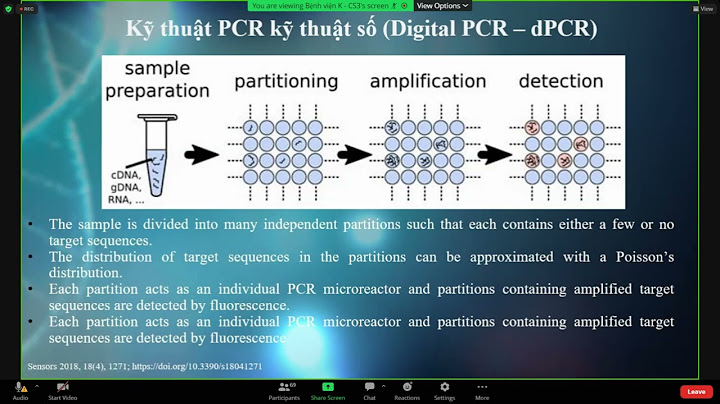Choice "A" is correct. When testing the completeness assertion for accounts payable, the appropriate population would be a list of vendors with whom the entity has previously done business. Choice "b" is incorrect. Confirming amounts recorded would test the existence assertion, rather than completeness. Choice "c" is incorrect. Checks drawn in the subsequent period represent only a subset of the client's vendor listing. (It would not include liabilities that have not yet been paid). In obtaining information about the completeness assertion, the auditor is concerned with determining whether liabilities exist which are not reflected in the client's financial statements. Choice "d" is incorrect. The invoices filed in the entity's open invoice file would provide only a subset of the client's vendor listing. (It would not include liabilities for which the invoice had not yet been received.) In obtaining information about the completeness assertion, the auditor is concerned with determining whether liabilities exist which are not reflected in the client's financial statements. 22.When using confirmations to provide evidence about the completeness assertion foraccounts payable, the appropriate population most likely would beA)vendors with whom the entity has previously done business.B)amounts recorded in the accounts payable subsidiary ledger.C)payees of checks drawn in the month after the year-end.D)invoices filed in the entity's open invoice file.Answer: ASource: AICPADifficulty: Easy |




















